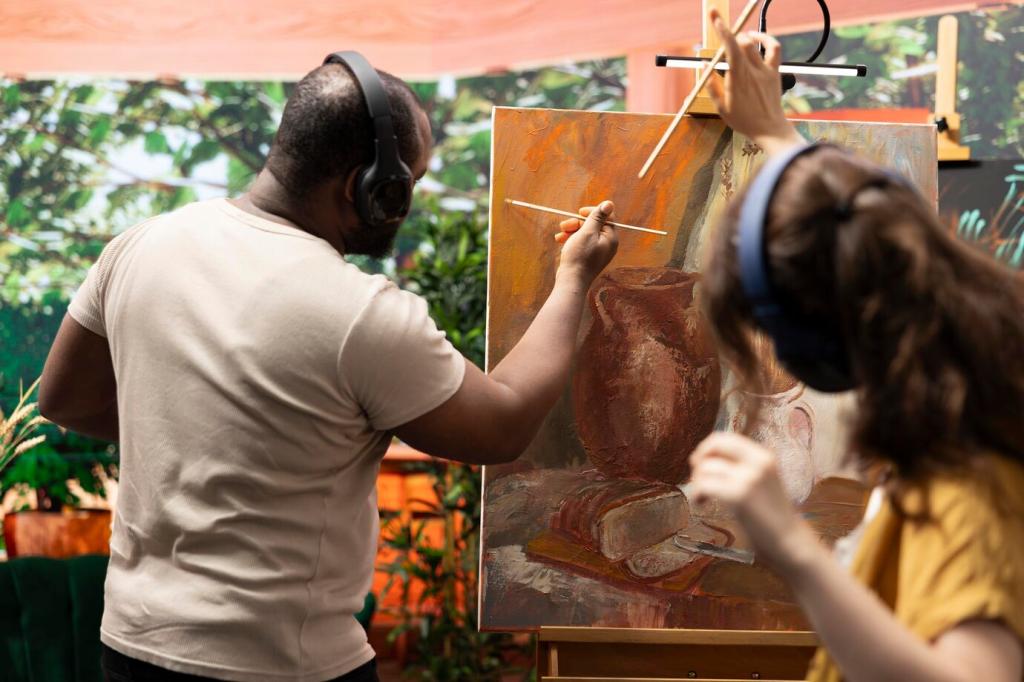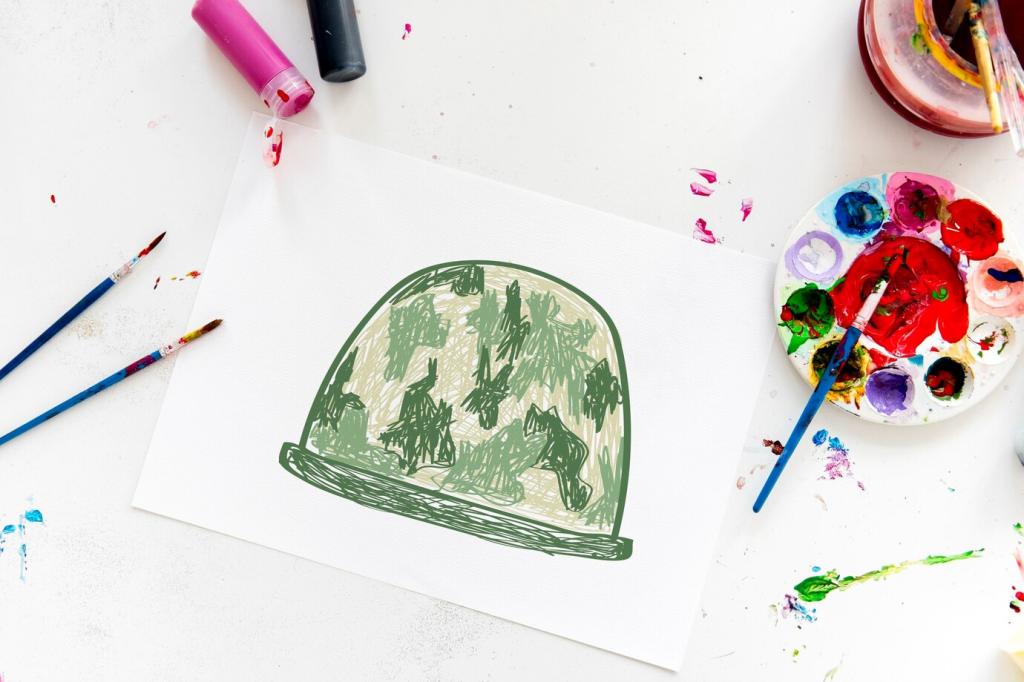Exploring Art's Role in Home Aesthetics
Delving into the intersection of art and interior design uncovers a world where personal expression and visual harmony blend seamlessly. Art provides much more than mere decoration; it plays an essential role in shaping the atmosphere, mood, and personality of a home. This exploration examines how art functions as a transformative element within living spaces, influencing everything from visual interest to emotional well-being, and guides homeowners in finding their unique style through curated artistic choices.
Establishing a Sense of Place
Carefully chosen artwork helps establish a sense of place, grounding each room in its own distinct identity. For instance, a vibrant abstract painting in a living room encourages creativity and vitality, while calming landscapes in a bedroom offer serenity and escape. The narrative woven by these pieces enables homeowners to contextualize every space with purpose, infusing rooms with emotions that resonate beyond visual appeal alone, and turning a house into a true home.
Influencing Mood and Perception
The colors, forms, and subjects portrayed in art possess the profound ability to influence our psychological state. Bold, energetic compositions may invigorate a kitchen or home office, while softer, subdued tones can foster relaxation and contemplation in more private areas. The strategic use of artwork thus becomes a subtle yet powerful way to shape the mood and emotional climate, reminding viewers that their surroundings are both intentional and inspired.
Art as a Conversation Catalyst
Artworks naturally prompt curiosity and dialogue, acting as the conversational anchor within social spaces. A striking piece can spark questions and storytelling, drawing out personal histories or shared appreciations among guests. Whether it’s a cherished family photograph or a contemporary print, displaying art transforms otherwise functional rooms into arenas for meaningful connection, deepening the social experience of living at home.
Previous slide
Next slide

Enhancing Spatial Harmony and Design
Balancing Proportions and Scale
The right artwork can resolve imbalances within a room, drawing the eye upward in spaces with low ceilings or adding depth to narrow hallways. Thoughtfully selected pieces reinforce architectural intent, bridging gaps between furniture and empty walls. Large-scale works command attention and establish a room’s character, while clusters of smaller artworks create a cohesive gallery effect, demonstrating that every element can contribute to a harmonious, balanced aesthetic.
Complementing Color Schemes
Art is an effective vehicle for introducing or echoing a room’s color palette, acting as both a source of inspiration and a finishing touch. When art harmonizes with wall colors, fabrics, and other décor elements, it brings cohesion and sophistication. Conversely, introducing artwork with contrasting hues can invigorate spaces, providing dynamism and preventing monotony, ultimately highlighting the interplay between color and mood throughout the home.
Guiding Visual Flow
Strategic placement of art determines the visual journey through an interior. By positioning compelling pieces at focal points—such as above a mantel or at the end of a hallway—homeowners guide movement and attention, encouraging exploration. These focal points create structure within open-plan areas or multi-use rooms, gently delineating zones and ensuring each part of the home is visually engaging and purposefully designed.
Personal Expression and Identity
Building an art collection involves thoughtful curation, where each piece resonates on a personal level. Whether sourcing works from local artists, heirloom treasures, or travel discoveries, choices reflect journeys and experiences. Over time, these collected artworks become enduring touchstones within the home, charting growth, change, and the ongoing evolution of personal identity, all while adding layers of meaning to the overall aesthetic.

